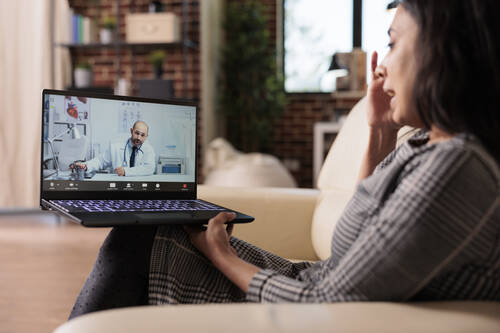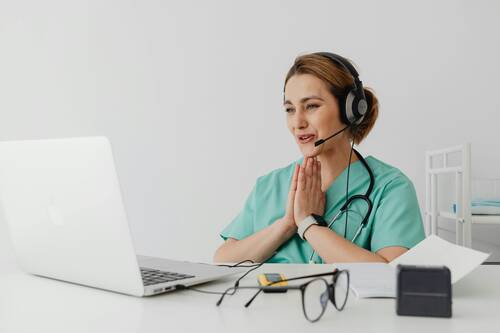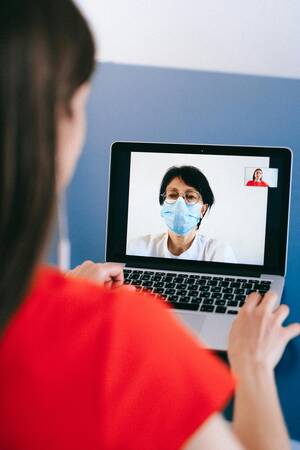 MedicalResearch.com Interview with:
Michael A. Vella, M.D.
MedicalResearch.com Interview with:
Michael A. Vella, M.D.
Veterans Affairs Medical Center
Vanderbilt University, Nashville
Medical Research: What is the background for this study? What are the main findings?
Dr. Vella: We are fortunate to take care of Veterans from all over Middle TN at the Tennnessee Valley Healthcare System Nashville Campus. A significant number of Veterans travel long distances and invest time and money in order to visit with us. We noticed that many patients undergoing "low complexity" operations like removal of gallbladders and repair of groin hernia spend a significant amount of time, energy, and, in some cases, money to travel to our facility for post operative visits relative to the amount of time they spend in their evaluations. We wanted to look at the quality of and Veteran preference for telehealth visits (phone and video) with the idea that, if feasible, we could implement a
telehealth program at our facility.
In our small pilot study, 23 Veterans underwent sequential phone, video, and in-person visits. The Veterans were evaluated on four domains at each visit type: general recovery, follow-up needs, wound care needs, and complications. We then determined the agreement among the three visit types. There was 100% agreement across the three visit types in the domains of general recovery and follow-up needs. Percent agreement for wound needs and complications was 96%, reflecting a possible infection on a phone encounter that was not present on clinic or video assessment. One Veteran in the sample had a wound infection that was detected by both phone and video and confirmed during the in-person visit. Importantly, there were no instances in which we failed to detect a wound issue or postoperative complication by phone or video. We also found an association between preference for telehealth visits and distance traveled, although the majority of Veterans in our study preferred telehealth visitation over traditional face-to-face encounters.
We found that over the phone and video visits were not only high quality, but were preferred by our Veterans, especially those living far from our facility. We have implemented a telehealth program for general surgery post operative follow up at our institution and currently evaluate 3-5 patients a week using telehealth modalities with plans to continue to expand.
(more…)




















